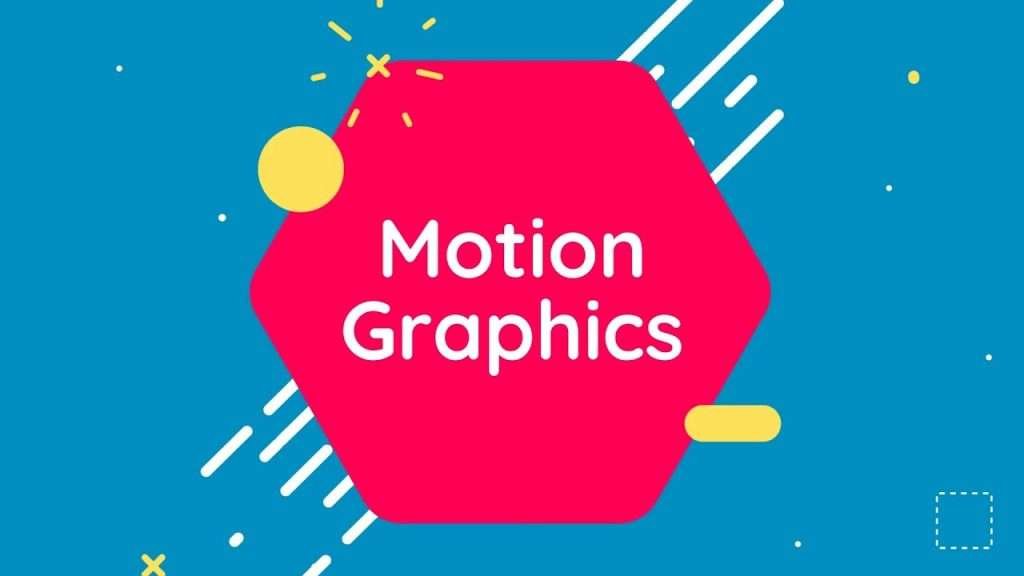Motion graphics can be an extremely effective way to engage your audience. By using movement and animation, you can create a more interactive and engaging experience for your viewers. In this blog post, we will discuss the benefits of motion graphics and how they can help you achieve your marketing goals. We will also provide some tips on creating effective moving graphics. So if you’re looking to create a more dynamic and captivating presentation, read on!
What are the Benefits of Motion Graphics
There are many benefits of using moving graphics in your marketing materials. Motion graphics can help to:
– Make complex information more understandable
– Enhance the overall look and feel of your presentation
– Increase viewer engagement and attention span
– Create an emotional connection with your audience
– Leave a lasting impression on your viewers
Motion graphics also allow brands to simplify data-heavy or technical concepts. For instance, a company presenting statistics, charts, or scientific information can use moving graphics to turn dry numbers into visual stories. This not only makes the data more appealing but also helps viewers retain information for longer.
Another key benefit is versatility. Motion graphics can be adapted to any industry, from healthcare to finance, education, technology, or retail. Whether you’re launching a new product, explaining how a service works, or creating awareness about a cause, moving graphics can transform your message into a visually compelling narrative.
How to create effective motion graphics.
When creating moving graphics, there are a few things you should keep in mind in order to produce an effective piece. First, you need to determine what message you want to communicate and what feeling you want to evoke. Once you have a clear idea of your objectives, you can start planning out your animation. It’s important to keep your target audience in mind throughout the entire process, as you want to ensure that your moving graphics are relevant and relatable to them.
Additionally, you’ll need to consider the overall aesthetic of your animation and make sure that it is consistent with your brand identity. The right fonts, colors, and style should align with your company’s tone and message. For example, a healthcare company may use clean and professional designs, while a fashion brand might use bold, trendy visuals.
Lastly, don’t forget to add a call to action at the end of your video! This will ensure that your viewers are left with a clear understanding of what you want them to do next. A strong call to action could be visiting your website, subscribing to a newsletter, or exploring a product demo.
What are examples of motion graphics?
There are endless possibilities when it comes to creating motion graphics. Some common examples include:
– Explainer videos
– Product demonstrations
– Educational tutorials
– Event promos
– Brand commercials
Additionally, moving graphics can be seen in social media ads, title sequences in films, presentations for conferences, and digital billboards. Even subtle elements, such as animated logos or moving infographics on a website, are a form of moving graphics. Their adaptability makes them one of the most widely used tools in modern-day marketing.
What software is used for motion graphics?
There are a variety of software programs that can be used for creating motion graphics. Some of the most popular options include:
– Adobe After Effects
– Apple Motion
– Cinema FourD
– Blender
For beginners, simpler tools like Canva or Vyond can also be used to create basic moving graphics without advanced technical knowledge. On the other hand, professional designers often prefer After Effects or Cinema 4D for more sophisticated animations. The choice of software depends on the complexity of the project and the level of customization required.
What’s the difference between animation and motion graphics?
The main difference between explainer video animation and motion graphics is that animation is typically used to tell a story, while moving graphics are generally used for informational or advertising purposes. Additionally, animations are usually created using traditional hand-drawn techniques, while motion graphics are often created with computer software.
To put it simply, animation may involve characters and narrative-driven content, whereas moving graphics focus more on moving text, icons, shapes, and abstract elements to communicate ideas. Both overlap in some areas, but their goals are slightly different.
What is the purpose of motion graphics?
The purpose of motion graphics is to visually communicate information in an engaging and interesting way. They can be used for a variety of applications, including marketing, advertising, education, and entertainment.
For businesses, the purpose often revolves around creating brand awareness or improving customer engagement. For educators, it’s about simplifying knowledge and making learning more accessible. And for creatives, it’s about telling stories in fresh, visually appealing ways.
Why is motion graphics important in business?
Motion graphics is an essential tool for businesses of all sizes. They can help you to communicate complex information in a more digestible format, engage your audience, and leave a lasting impression. Additionally, moving graphics can be used across a variety of platforms, including websites, social media, email marketing campaigns, and more. If you’re looking to take your business to the next level, consider incorporating motion graphics into your marketing strategy.
As you can see, there are many benefits to using moving graphics in your marketing efforts. Motion graphics can help you engage your audience, communicate complex information more effectively, and leave a lasting impression. To get started with motion graphics head over to Tricks Studio.
